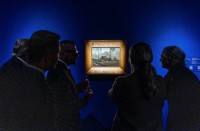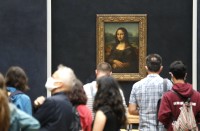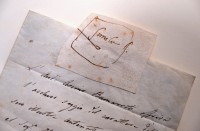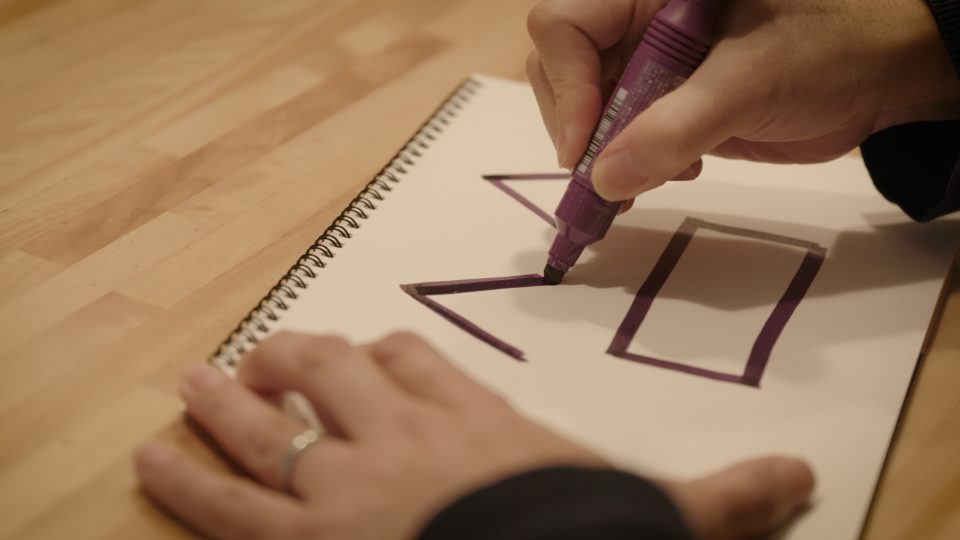
Photographer: David Allen. Courtesy: Emma Griffiths PR.
By Joanne Soriano
EBC New York Bureau
NEW YORK (Eagle News) — How often do you receive or send emojis when communicating with family and friends? The emoji, a Japanese term for “picture character,” has grown in popularity across generations and cultures as an expression of language in today’s digital world of smartphones, computers and social media.
The documentary “Picture Character” takes viewers across time and distances to explore when the emoji was first created in Japan in the ‘90s, tracing its development into a global phenomenon to how the existing universal set of emojis is established and maintained. Directed by Martha Shane and Ian Cheney and premiering at the 2019 Tribeca Film Festival in New York, it is a visually entertaining and informative piece that takes a deeper look at the world of emoji from different perspectives.
One of the people in the documentary, Rayouf Alhumedhi, said that when intonation is not always conveyed in messages sent digitally, “emojis help send out the interpretation you want.”
“I add an emoji to every text I send regardless of whether it’s appropriate or not,” Alhumedhi said. “It adds a lighthearted tone to whatever is being said, and prevents any misinterpretation.”
“It’s a universal curated digital, linguistic medium,” said Jennifer 8. Lee, producer of ‘Picture Character’ and member of the Unicode Emoji Subcommittee. “There is something incredibly powerful about the fact that it unifies so many people. So much of the world is basically using Android, Apple, and Windows, and all of our digital communications are basically funneled through a handful of U.S. multinational tech companies.”
Lee is talking about the Unicode Consortium in Silicon Valley made up of tech giants such as Apple, Facebook, Google, and Microsoft, which are responsible for creating a standard of universal characters that can be used across all languages. This standardization includes determining which emojis appear on everyone’s personal devices.
According to Statista.com, in 1995 the consortium had 76 images in their inventory. In 2019, 230 new emoji characters were added, bringing the total number to 3,019. Among the newest characters added are gender inclusive couples, a person in a wheelchair, a yawning face, a sloth, a waffle, and garlic.
The prevalence and curation of emojis paint a broad picture of what popular culture is like at that time. The inclusion of different types of families and variety of skin tones now being offered to reflect different races attests to a growing social awareness of diversity and what is deemed acceptable in society.
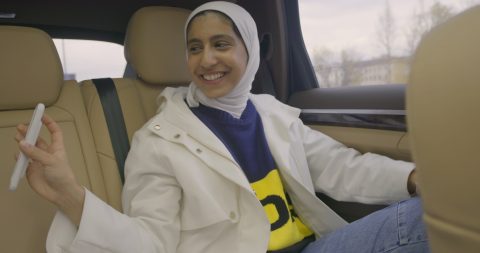
Alhumedhi, a 15-year old Muslim girl, felt that she was not represented among the set of images available to her. She proposed adding an emoji of a female wearing a hijab, which she explains currently represents 550 million Muslim women around the world. “For me, the main reason was representation. Living in Europe, where the refugee crisis is happening, and just overall a huge divisiveness over Islam and what it means to be Muslim, I felt a need for something like this. Even if it’s in a small way, to shed light on what it’s like to be an everyday Muslim.”
“Also increasing dialogue, and open dialogue, about the hijab itself,” said Alhumedhi. “Rarely do you see interviews being done with Muslim women about their opinion. So that’s something I hoped I would be able to achieve. And I think I did more or less.”
Alhumedhi’s proposal was eventually approved by the consortium and added to the library: 🧕
Anyone is able to submit proposals for new emojis to the Unicode Consortium. “Picture Character” follows the application process through the eyes of two women from Buenos Aires who want to see an emoji for mate, a traditional South American beverage, and a nonprofit group in the United Kingdom that wants to bring awareness to menstruation through a period emoji. Viewers are able to put faces on the stories of these individuals and give them a voice. In the process we find ourselves rooting for them. We follow them from the development of the graphic to the proposal process and ultimately to the final decision by the consortium. The film makes us wonder who should have this power and right to say what belongs in the emoji domain, and whether it should be inclusive of — or even capable of representing — everyone globally.
“I think it’s a really interesting question to think about, whether emoji is a language or could be a language someday,” says Director Martha Shane, an Emmy Award-winning filmmaker, on whether emojis are a modern day version of hieroglyphics. “I think at this point, most of the evidence is just that it’s not. But it’s fascinating some of the research that’s being done that shows the ways that people are starting to use emojis in more language-like ways and introducing the kind of grammar that we have with other languages to emojis.”
On making this documentary, Shane explains, “It was really important to me that the film did interact with more serious debates and issues that are happening in the world. It just so happened that the biggest debates happening in emoji land at the time we were making the film were really around diversity and representation.”
Shane elaborated saying that even though it is meant to be a really whimsical, playful and fun film, “it also does address the more serious questions about the type of world we want to live in.”
After seeing this documentary, the next time someone sends an emoji, it will be hard not to think of how some of those pictograms came to be, and all the people, stories and struggles behind that simple tap of a finger.
(Eagle News Service)


